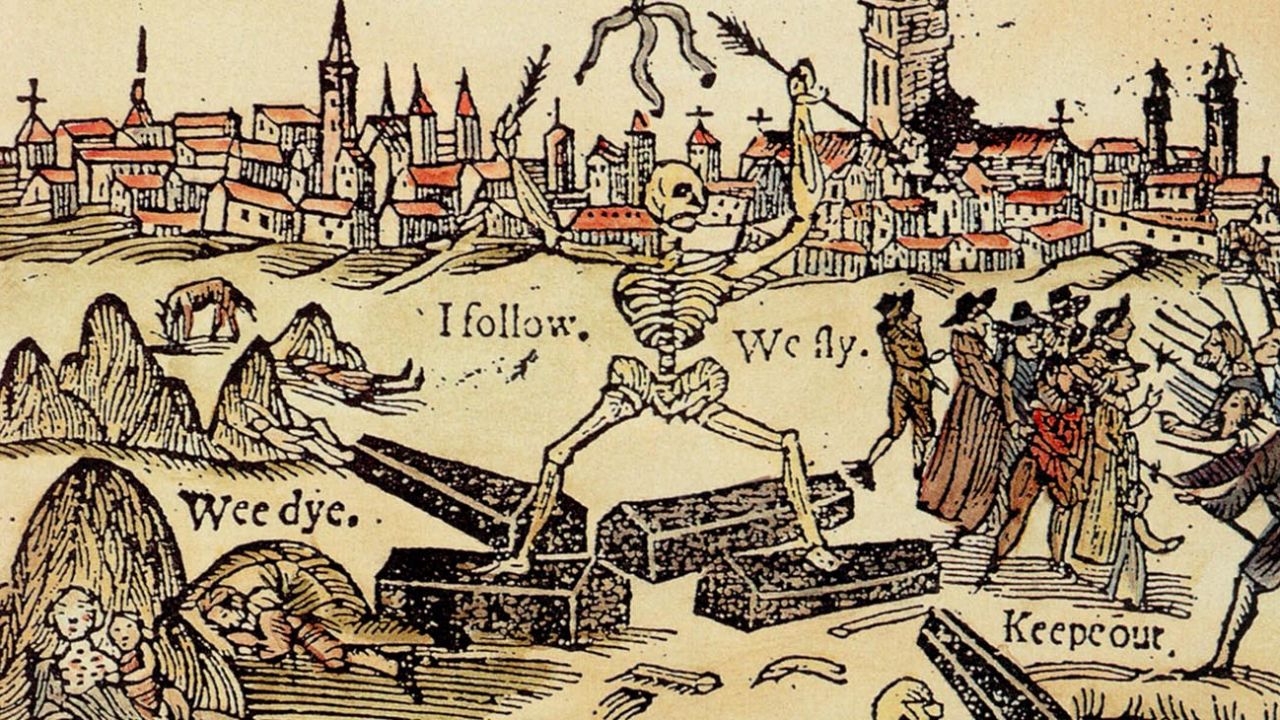The Black Death caused great mortality in Eurasia between 1346 and 1353. It is estimated that it claimed the lives of up to 60% of the population at that time. But what is the true origin of the Black Death?
There is a lot of research on the subject. They used historical records, DNA sequencing, genomic techniques. But the origin of the disease remained a mystery. Until today.

Kyrgyzstan
Johannes Krause of the Max Planck Institute for the Science of Human History discovered him. He was supported by Philip Slavin of the University of Stirling, UK. His research data confirm this. It is published in the journal Nature under the titleThe source of the Black Death in 14th-century central Eurasia.
They point out what is the true origin of the Black Death. It must have originated in the vicinity of Lake Issyk-Kul, in present-day Kyrgyzstan. They presume that it was the focus of the pandemic that ravaged the world during the 14th century.
The authors translated and analyzed archival data that have survived from the excavations. They combined them with ancient DNA analysis of seven people buried in those cemeteries. In doing so, Krause and Slavin found telltale traces. They had Black Death bacteria in three of the DNA samples obtained. They suggest that localization played a leading role in the development of the 14th century pandemic.

Trade and disease
The genomes of Yersinia pestis analyzed represent a single strain. Comparison with current strains of Yersinia pestis in the region also indicates that this ancient strain had a local origin. Historical data and records, including inscriptions on tombstones or coin hoards, were reviewed. The region had diverse communities that depended on trade with numerous regions of Eurasia. This must have contributed to the spread of the disease during the 14th century.

